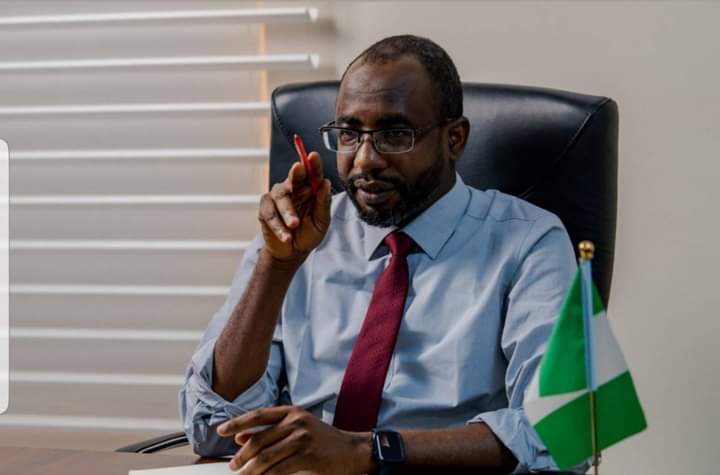Kashifu Inuwa, Director General of the National Information Technology Development Agency (NITDA), has urged various governments to be resilient in reducing the impact of cyberattacks on African nations’ critical infrastructure operations, national security, reputation, and economy, adding that only 15 countries have completed national cybersecurity strategies.
National cybersecurity strategies define strategic goals and assign responsibilities for cyber threat monitoring and response across the government.
Inuwa made this known while speaking on ‘Strategies for Increasing Africa’s Cyber Resilience’ at the GISEC Global, a leading gathering place for the cyber-security community in Dubai, United Arab Emirates.
The DG said that to protect citizens and assets and genuinely harness the benefits of an increasingly complicated digital reality, Africa cannot afford to be apathetic towards cybersecurity. With the right strategies and approaches, Africa can enhance its cybersecurity posture and build resilience against cyberattacks.
“African nations must work collaboratively to build and implement robust, inclusive, and proactive cyber resilience methodologies and comprehensive approaches to the identification and mitigation of critical vulnerabilities.”
“This includes encouraging the exchange of collective knowledge and intelligence on cyber threats and promoting international cooperation in responding to cybercrime,” he said.
The DG further cited the Check Point Research Report of 2022, which says African countries experienced an average of 1,848 cyberattacks per week, per organization, in 2022, compared to 1,164 globally.
Nigeria, the most populous African country, accounted for the largest number of users, with over 100 million internet users, followed by Egypt with 76 million and South Africa with 41 million. However, these countries, along with Kenya, also account for 60% of the $4 billion annual cost of cybercrime in Africa.
According to Inuwa, “despite these challenges, Africa’s digital transformation projects are gaining momentum, with online shoppers reaching almost 390 million and social media users reaching over 380 million in 2022.
“This growing accessibility is due to increasing mobile device adoption and improved telecommunication systems.” However, the increasing threat of cyberattacks puts our socio-economic security at risk, both locally and internationally.”
Inuwa added that all governments must prioritize cybersecurity and take the necessary measures to strengthen their digital defenses to protect citizens from the threats posed by online attacks.
To boost Africa’s cyber resilience, Inuwa said countries must adopt several key strategies, including; understanding the current cybersecurity landscape in Africa; creating and implementing comprehensive and multi-stakeholder policies and legal frameworks to ensure accountability and incentivize investments in cybersecurity measures; and closing the cybersecurity talent gap by investing in training and development programs to equip our workforce with the necessary skills and knowledge to protect themselves and our organizations against cyber threats.
“We need to invest in the development of robust cybersecurity technologies such as firewalls, intrusion detection systems, and endpoint protection.” These tools can help detect and prevent cyberattacks before they cause significant harm.
“Both the government and private sector must play a role in providing institutional support for cybersecurity, including the creation of dedicated cybersecurity agencies and units, as well as public-private partnerships that allow for the sharing of resources and expertise.
“We must prioritize regional partnerships and cross-border cooperation to combat cyber threats, as they do not respect geographical boundaries. This can include African countries working together to formulate and implement effective responses to cyberattacks and share best practices.
“Finally, national cyber-response plans and specialized Computer Emergency Response Teams (CERTs) for critical infrastructure sectors are essential in ensuring cyber resilience. “These plans should outline the procedures and protocols,” he said.





